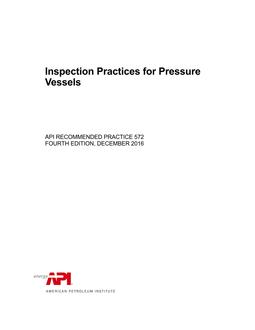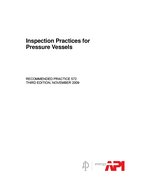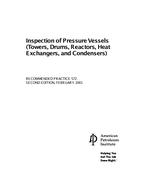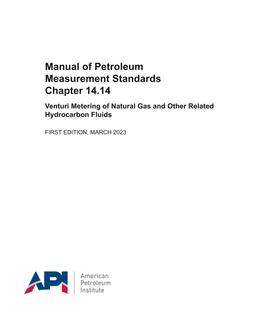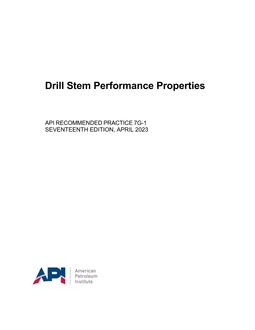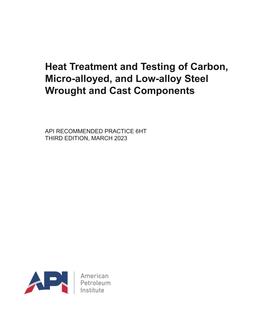Click here to purchase
This recommended practice (RP) supplements API 510 by providing pressure vessel inspectors with information that can improve skills and increase basic knowledge of inspection practices. This RP describes inspection practices for the various types of pressure vessels (e.g. drums, heat exchangers, columns, reactors, air coolers, spheres) used in petroleum refineries and chemical plants.
This RP addresses vessel components, inspection planning processes, inspection intervals, methods of inspection and assessment, methods of repair, records and reports. API 510 has requirements and expectations for inspection of pressure vessels.
A pressure vessel is a container designed to withstand internal or external pressure. The pressure vessels may have been constructed in accordance with ASME BPVC Section VIII, other recognized pressure vessel codes, or as approved by the jurisdiction. These codes typically limit design basis to an external or internal design pressure no less than 15 lbf/in.² (103 kPa). However, this RP also includes vessels that operate at lower pressures.
Product Details
- Edition:
- 4th
- Published:
- 12/01/2016
- Number of Pages:
- 154
- File Size:
- 1 file , 21 MB
- Redline File Size:
- 2 files , 31 MB
- Product Code(s):
- C57204, C57204, C57204
- Note:
- This product is unavailable in Cuba, Iran, North Korea, Syria
